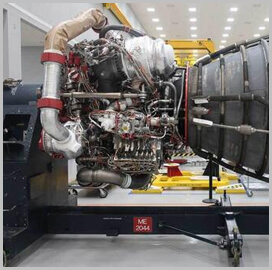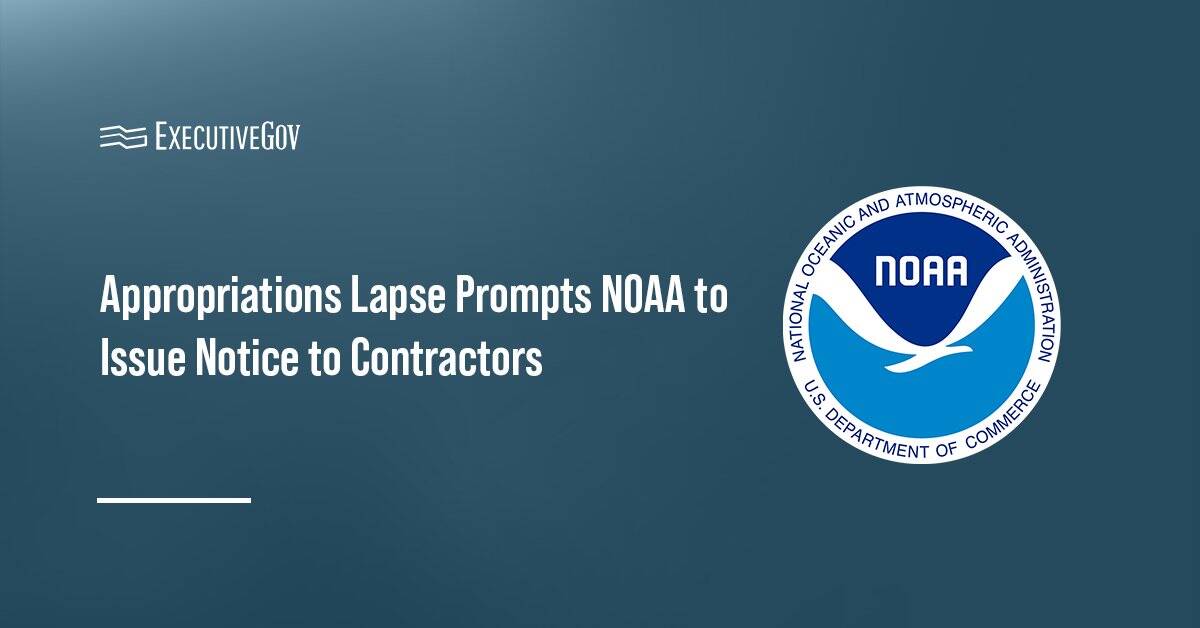Aerojet Rocketdyne has completed manufacturing the modernized version of the super-heavy-lift rocket engines that power NASA’s Space Launch System, also known as SLS.
The L3Harris Technologies subsidiary said Monday it has enhanced four RS-25 engines with modern flight computers, enabling them to endure higher temperatures due to their proximity to the SLS solid rocket motors.
The enhanced Block 1B configuration of the SLS, which features the new engines, will be used for NASA’s Artemis IV mission scheduled for 2028. The new engines will also be used to power the space vehicles for subsequent Artemis missions.
Aerojet noted that the crewed version of the SLS Block 1B is capable of delivering 38 metric tons to cislunar space per mission, while the cargo-only version can deliver 42 metric tons.





